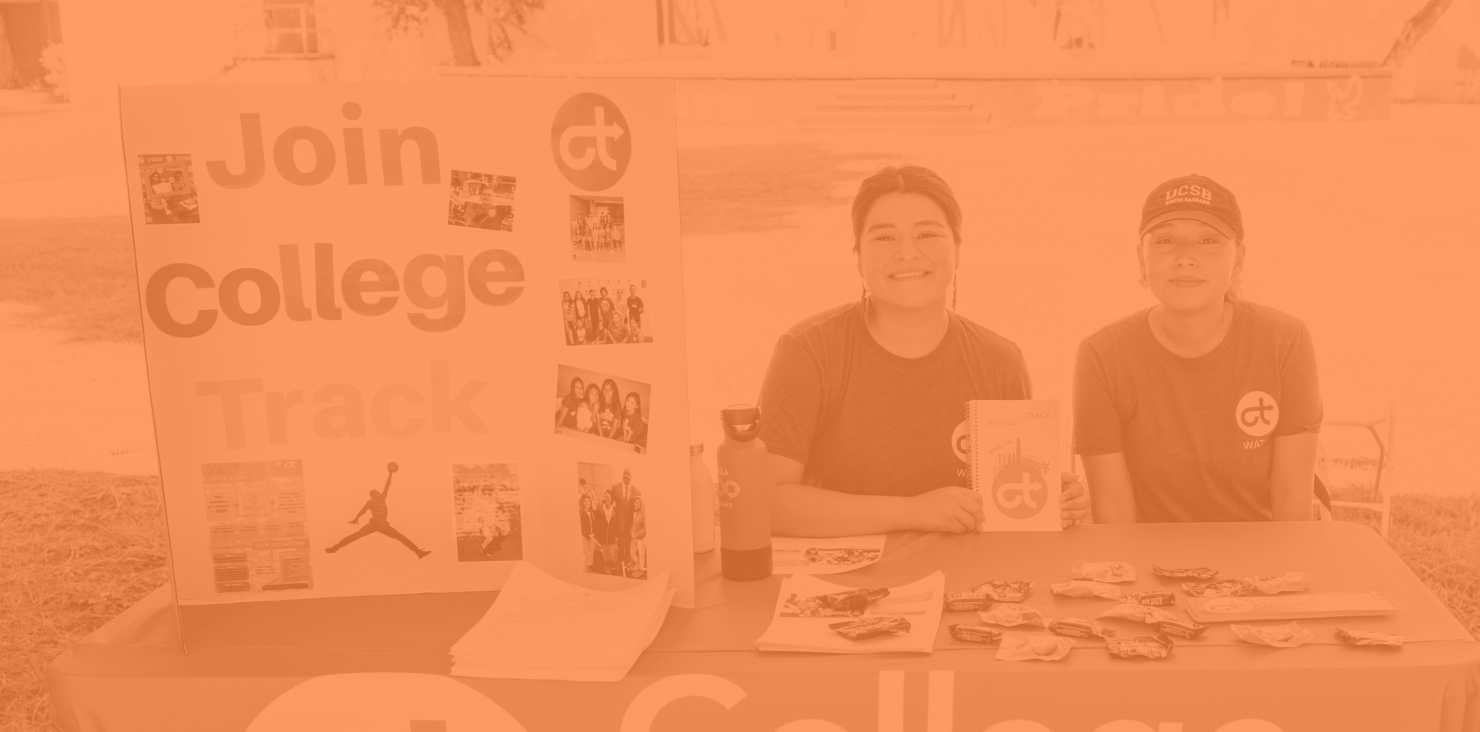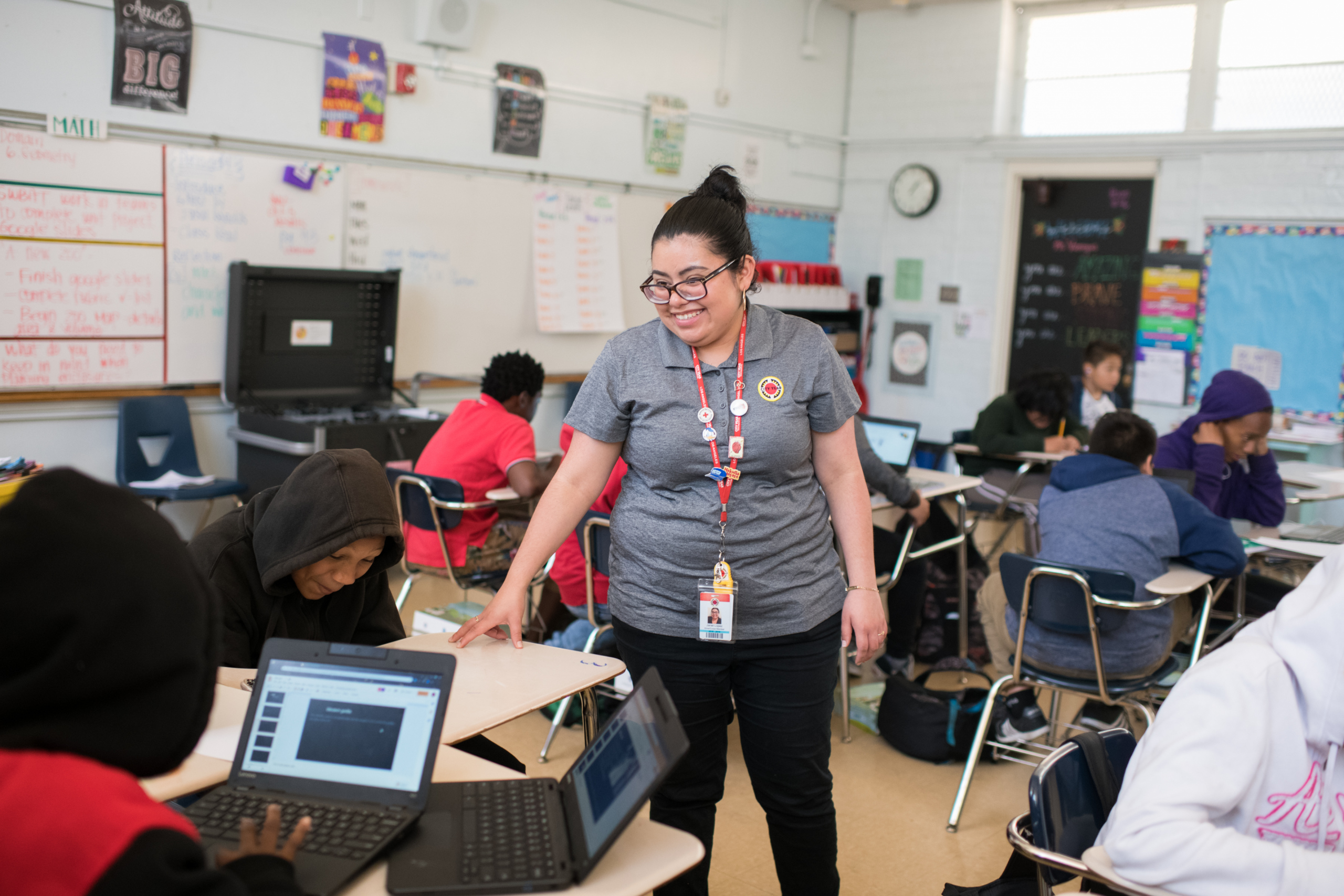
Community Partnerships
inside our Practice
“The Partnership is an essential partner and is having a tremendous impact in Watts. I have seen how Partnership values families, community members and community leaders and brings us together to achieve a quality education for all students.”Dr. Perry Crouch Education Chair, Watts Gang Task Force
The Partnership believes that resources and support from community partners and the collective action of communities is key to equitably serving schools.

In order to reverse trends of under-investment of low-income communities, it is essential that we foster more dynamic partnerships to help close opportunity and achievement gaps. Through active community engagement and strategic community partnerships, we work to match the expertise of community partners with a school’s specific needs. And at the network level, we leverage the collective expertise and resources in and around our three communities to best serve all Partnership schools.
What Sets the Partnership Approach Apart
We have a dedicated team that works to leverage the collective expertise and resources of partners to achieve school transformation and advance resource equity. We work with the school to identify, manage, and sustain relationships with key partners year-round who are good fits for their goals and needs. Partners that our schools work with include, but aren’t limited to, after-school programs, wraparound service and health providers, local advocacy organizations, and arts-focused non-profits that bring in needed services and resources for students. Our approach is distinct from a traditional district approach that tends to favor semester-long programming led by community partners – in the arts, music, or dance, for example – that changes frequently and is not sustained over time.
We work to streamline the compliance barriers for our schools that, while important, make it difficult for partners to get clearance to work in a school. Through our partnership with LA Unified, we rely on them to ensure that partners meet all safety and legal requirements needed to be on campus; this frees us up to proactively build relationships with a robust and reliable network of partners we trust and for whom we can advocate. Many partners and organizations specifically choose to work with us because our team helps them navigate the obstacles and barriers they routinely face. We help partners quickly secure the permissions they need to provide schools with much-needed resources, whether it’s a new playground, grass field installation, or an after-school program.
Our Multi-Pronged Approach to Community Partnerships:
- Develop school-specific strategies and leverage partnerships to meet schoolwide goals
- Scale partnerships to deepen impact across the network
- Develop community-level partnerships to increase alignment between and maximize the impact of school and community goals
- Cultivate relationships and convene partners to be ambassadors for the mission, be more strategic and deepen our collective impact
- Serve as advisors to school communities to engage with community partners and leaders.
ARtS EDUCATION
In Los Angeles and across the country, students in high-need schools experience a critical lack of access to the arts.
Given the lack of funding for arts education in most large, urban districts, schools are forced to piece together arts programming, partners, classes, and resources ad hoc based on what they can easily find or what is provided by their district. Art teachers are also typically responsible for teaching at multiple sites, which does not allow for sequential courses or for building a culture around the arts at any one school. We know that while school leaders go above and beyond to secure external arts-focused resources for their schools, they do not always have the capacity or training to develop a comprehensive arts education strategy. This results in a fragmented approach to arts education in most high-need schools.
Just as we convene partners to meet a wide variety of school and community needs, we also recognize a clear need to improve arts education programming in our schools. In 2016, we applied for and were awarded a grant to develop an arts education pilot. In the 2017-18 school year, while we supported all schools with art-based programming and partnerships, we launched a pilot with deeper levels of support with four schools in our network where the need is greatest. In 2019, we scaled the integration of the arts into all of our schools.
We are intentional about supporting schools to include arts education in their strategic plans.
We have a network-wide comprehensive plan for the arts that aligns and scaffolds arts education TK-12 through school feeder patterns.
We leverage the support of community partners to bring direct arts instruction, arts integration, and access to and experiences in the arts to our students.
We scaffold our arts supports around the school’s Arts Lead and build their capacity to lead ongoing planning and implementation of an arts strategic plan in alignment with broader school goals.

